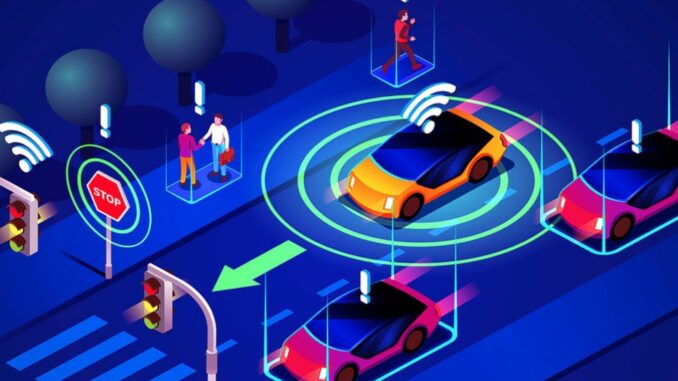
Accident prevention in complex environments is one of the significant benefits of Vehicle-to-Everything (V2X) technology.
In areas where visibility is limited or where traffic situations are inherently complicated—such as urban intersections, tunnels, or dense traffic scenarios—V2X can dramatically enhance safety.


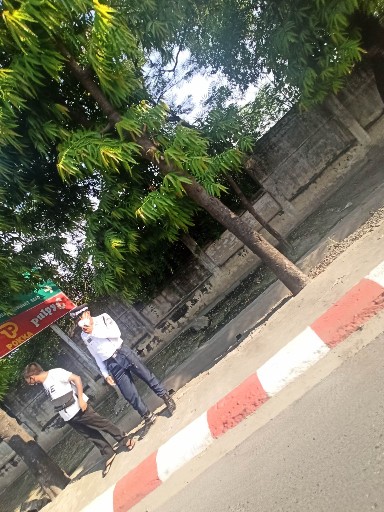


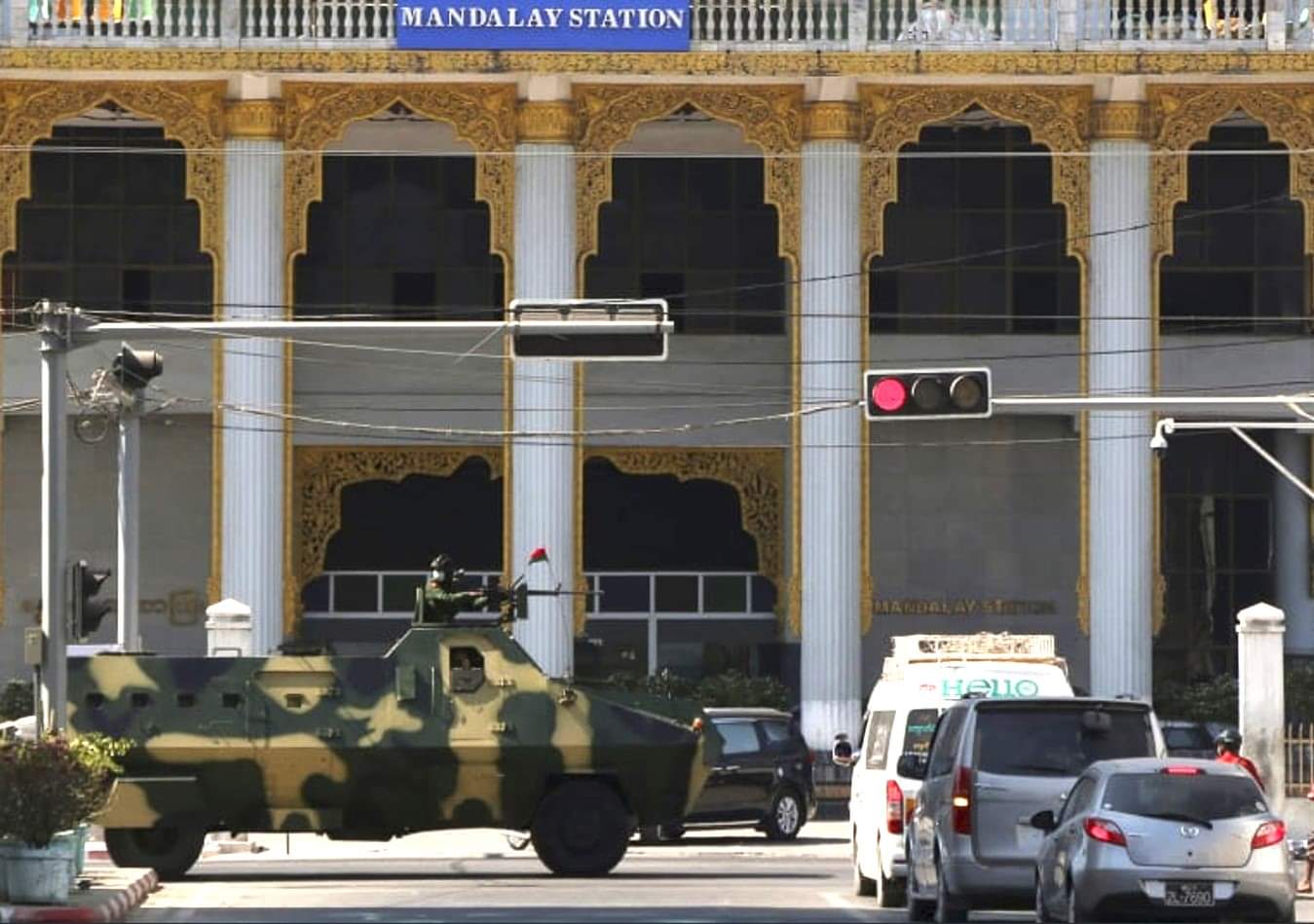
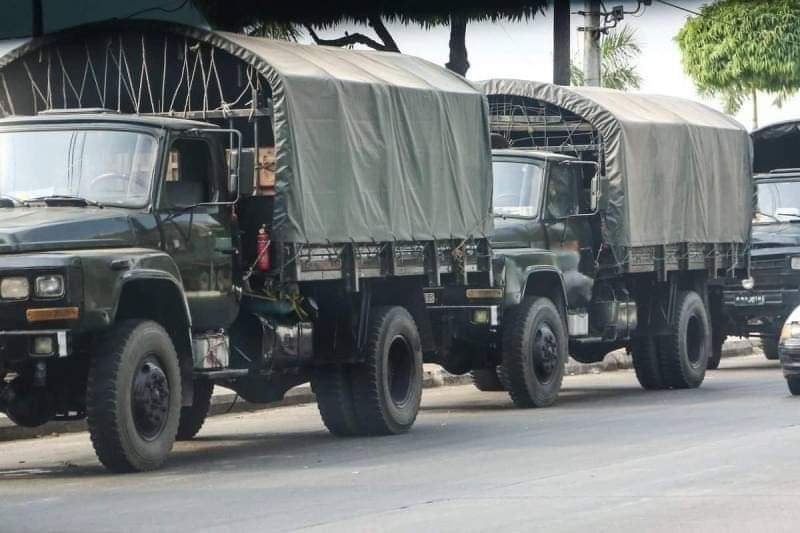
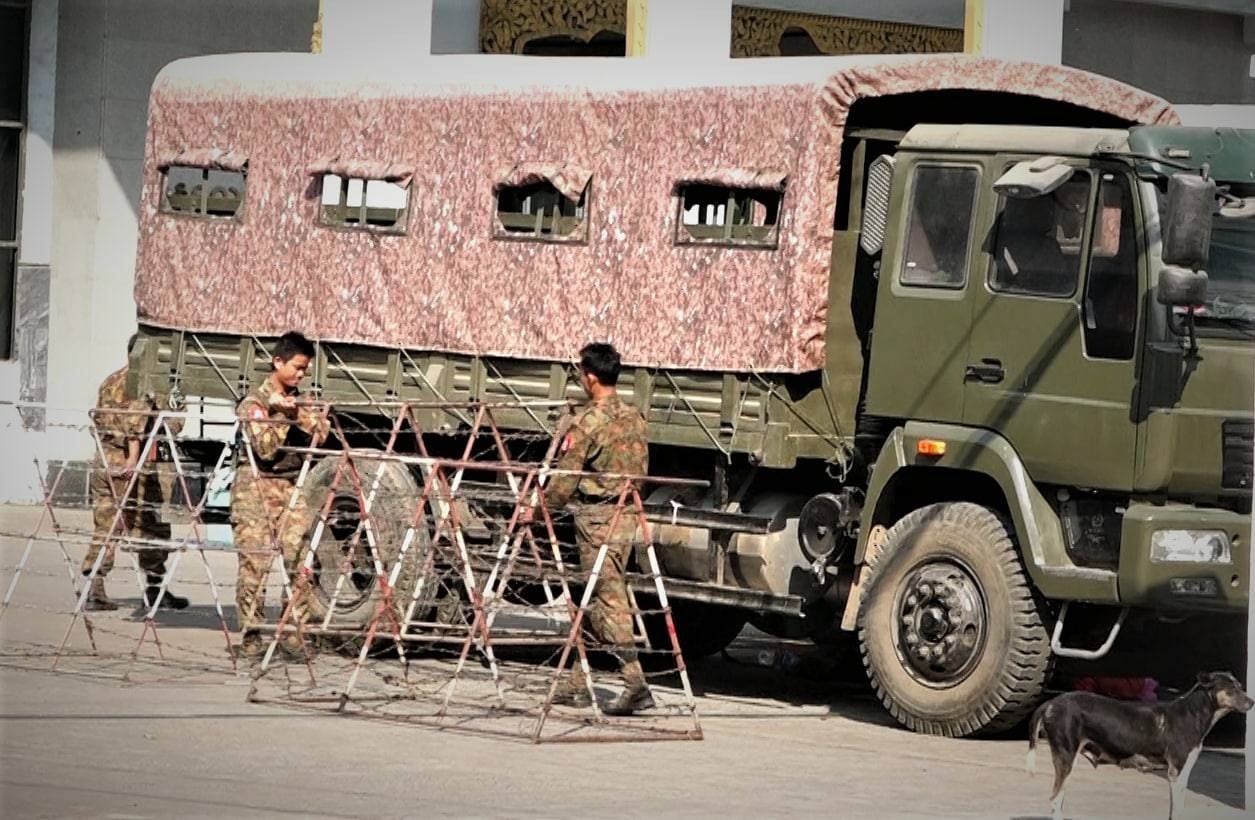

Here’s how V2X technology contributes to accident prevention in these challenging environments:
1. Beyond Line-of-Sight Awareness
Real-time Communication: V2X allows vehicles to receive information from other vehicles, infrastructure, and even pedestrians, well beyond what the driver or vehicle sensors can see. For example, if a vehicle several cars ahead suddenly brakes, V2X can relay this information instantly, enabling the following vehicles to react in advance.
Hidden Hazards: V2X can detect and warn about hazards like stopped vehicles, roadblocks, or accidents that are out of sight due to curves, hills, or other obstructions.
2. Intersection Safety
Cross-Traffic Alerts: At intersections, especially those without traffic signals or with poor visibility, V2X can alert drivers to cross-traffic or vehicles that might be running a red light or stop sign. This is particularly useful in urban settings with tall buildings or other structures that limit visibility.
Pedestrian Detection: In complex urban environments where pedestrians may suddenly enter the roadway from between parked cars or other obstacles, V2X can alert drivers and pedestrians of each other’s presence, reducing the risk of accidents.
3. Adaptive Traffic Signal Timing
Smart Traffic Lights: V2X enables communication between vehicles and traffic lights, allowing the signals to adapt in real-time to the traffic conditions. For example, traffic lights can extend green lights for vehicles approaching at speed or prioritize emergency vehicles, thereby reducing the likelihood of accidents caused by sudden stops or unexpected light changes.
4. Coordination in Dense Traffic
Lane Merging and Overtaking: In heavy traffic or complex roadways like multi-lane highways, V2X can assist in safe lane merging and overtaking by providing vehicles with information about the speed and position of nearby vehicles, reducing the risk of collisions during these maneuvers.
Congestion Management: V2X can help manage and reduce congestion by optimizing vehicle speeds and routes based on real-time traffic data, minimizing the chances of accidents caused by sudden braking or lane changes in congested areas.
5. Emergency Vehicle Coordination
Clearing Paths: V2X allows emergency vehicles to communicate with surrounding traffic, prompting other vehicles to clear the way. This not only ensures a faster response time but also reduces the risk of accidents caused by unpredictable driver behavior when emergency vehicles are approaching.
6. Complex Parking Situations
Parking Assistance: In environments like crowded parking lots, V2X can facilitate safer parking by communicating with nearby vehicles and infrastructure, alerting drivers to potential collisions with other cars, pedestrians, or obstacles.
7. Tunnels and Underpasses
Continuous Connectivity: In tunnels or underpasses where GPS signals and visibility might be poor, V2X maintains connectivity, allowing vehicles to share critical information such as speed, location, and upcoming hazards, helping to prevent accidents in these confined spaces.
8. Weather-Related Hazard Warnings
Adverse Conditions Alerts: In areas prone to sudden weather changes, such as fog, heavy rain, or snow, V2X can distribute real-time alerts about slippery roads, reduced visibility, or other dangerous conditions, helping drivers to take precautionary measures.
9. Managing Public Transport and Freight in Urban Areas
Coordinated Movements: V2X can facilitate the safe movement of buses, trams, and freight vehicles in complex urban environments by ensuring these large vehicles communicate effectively with surrounding traffic, reducing the likelihood of accidents during turns, stops, or sudden maneuvers.
By integrating these capabilities, V2X technology plays a crucial role in enhancing safety and preventing accidents in complex environments where traditional vehicle sensors and human perception might fall short.

Leave a Reply